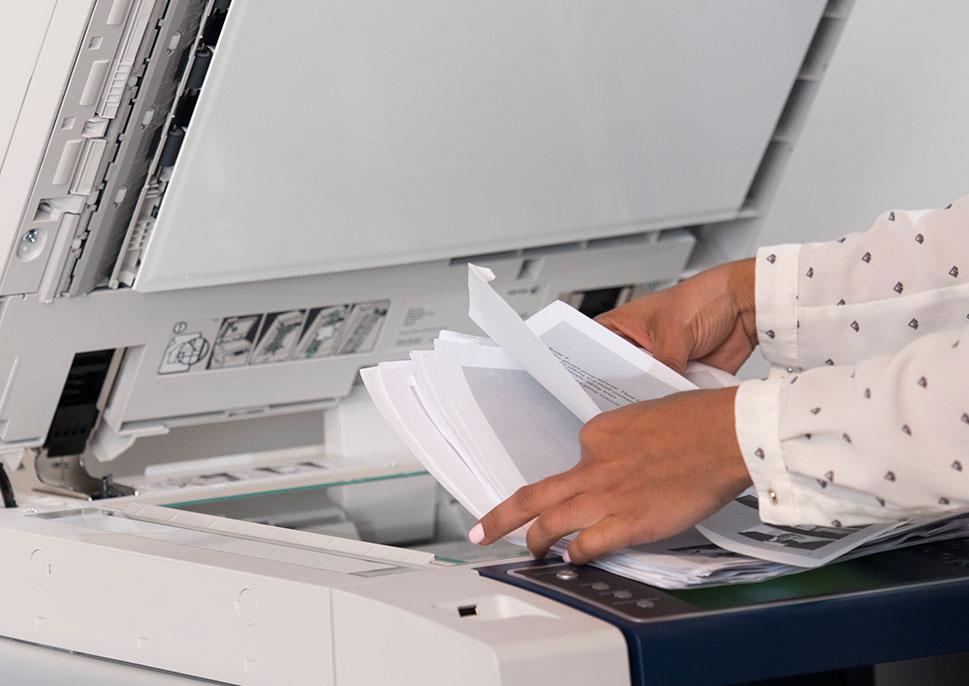Is it time to outsource your transactional printing? It could be if you’re overwhelmed with the work or have found the decreasing volume is better managed by a third-party. Transactional printing includes invoices, statements and other data-driven information, details that are still delivered by regular mail. Here’s how to know when to outsource your transactional printing.
1. Print volume is not sustainable. In-house printing may work well. At least for a while. But the facts are that hard copy printing is transitioning to e-copy with some, but not all customers opting for the email delivery of their statements. Chances are you’ll never completely see the switch to electronic copies as some customers prefer to receive their invoices and statements by regular mail. At the same time, that decrease in volume means your in-house department might need to be reduced, if not eliminated. You may discover that it is cheaper to outsource the work instead of relying on your team and the attendant overhead to get the job done.
2. You need to free up the room. Businesses with space dedicated to in-house printing are paying more for their space than those that have outsourced this work. If you live in a pricey area, then every square foot of rental space can cost you a mint. You might not be in a position to move your business, but if the space currently used for printing is converted to more profitable work, then outsourcing may be wise. You might also consider subletting the space if you don’t need the room.
3. Pricing pressures are weighing in. Beyond overhead, you may find that the price of putting out each piece of mail is beyond your ability to sustain it in-house. On the surface, outsourcing the work can be seem to be more expensive, but you should keep in mind that businesses that handle this work look for greater efficiencies and can contain costs based on scale. Whereas your business has a set amount of work to do each month, businesses dedicated to transactional printing manage many times the workload that your business provides. Greater efficiencies are obtained based on scale explains Microdynamics Group.
4. Compliance factors are a concern. Regulatory and compliance factors must be considered when weighing whether to keep your printing in house or to send it out. There are a host of rules and regulations that must be followed when sending forth sensitive documents, especially where HIPAA is concerned. The laws may vary from state to state and that means keeping up with everything. If you outsource the work, you also turn over the regulatory compliance to a business that is suited to do the work for you. This doesn’t mean you’re in the clear here, so make sure the business handling your transactional printing has the ability to get the work done. Always ask for and check references to confirm same.
Making the Transition
As indicated, cost is a big factor when making the move from in-house transactional printing to outsourcing the same. For businesses with a shrinking presence in the segment, making the move away from handling the work in-house seems like a logical step.
Another alternative here is to keep some of your transactional printing in house, while outsourcing the rest. This may be the best option for the company that isn’t certain about turning over their entire work to another party. By turning over a portion of the work, you can evaluate the process and determine if it works for you and is also cost effective. If it is, then you can turn over additional work. If it isn’t then you can always pull in what you previously outsourced or at least maintain a small presence in the outsourcing sphere.



